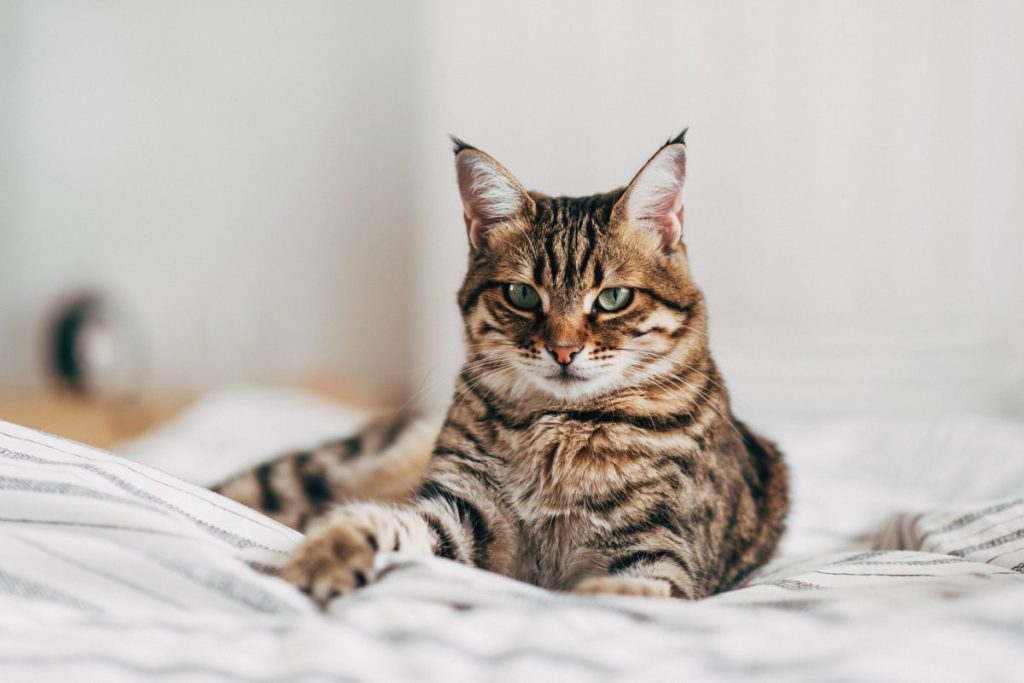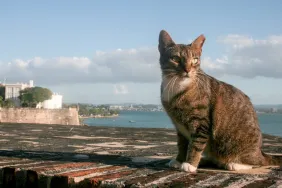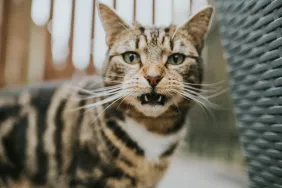Throughout history, felines have had a rather wild and intriguing journey. While one cat species has become domesticated, many others remain wild. Some have become extinct over time, while some continue to inhabit our planet today, needing protection from human activities.
They have a ubiquitous presence in the wilderness of Africa, Europe, Asia, and the Americas, on the









